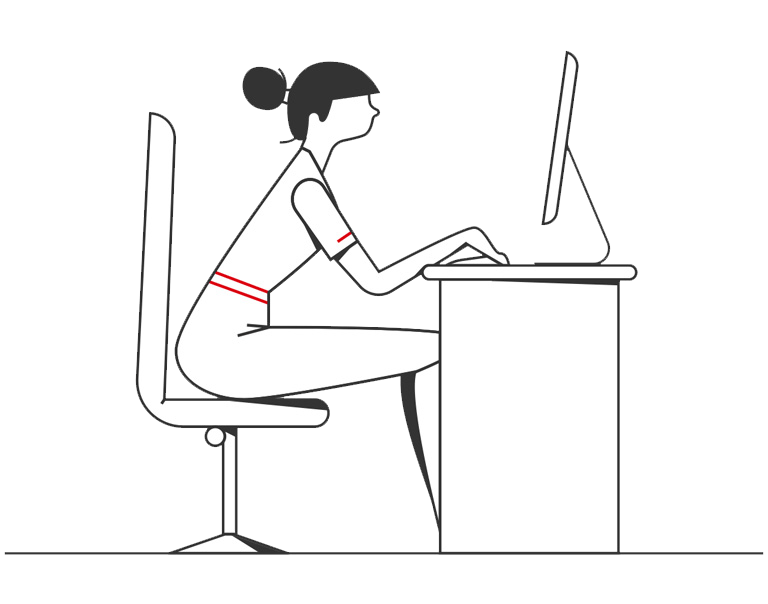And what can you learn from different organisations about how to keep your business protected?
The business landscape for producers and manufacturers has never been more unpredictable. And no matter what size you are, chances are you’re exposed to some form of financial and operational risk.
Take the COVID-19 pandemic, for example. Few businesses around the world weren’t affected by the impact of the crisis. However, the kinds of problems faced by growing firms aren’t always the same as those affecting more established ones.
For a producer looking to grow, risk often comes in the form of cash flow management. They need to bring money into the business to fund production. They can’t afford to waste time chasing customers for payments. And securing credit can be problematic and expensive. Plus, as they look to expand into new territories, they face the problem of forging new trade and supply relationships and dealing with unfamiliar working practices.
For global organisations, the key problems are often caused by their own size. Supply chains are vast, complex and harder to manage. Also, with so many moving parts, and operations spread across different continents, it’s difficult to get clear visibility into all areas of the production chain. This makes it harder to plan. And it means they might not always be able to react quickly to volatile markets and the changing availability of supplies.
So, how can you protect your business from these kinds of threat? For a start, it’s worth looking outside your own doors and seeing what tactics others are employing. We spoke with a number of finance professionals – at mid-sized, growing companies and also large, global firms – to see what they’re up against and what they’re doing to safeguard themselves.
Are you keeping up with other global manufacturers when dealing with complexity?
Established manufacturers with global operations work across numerous regions, so they have to understand and collaborate with different working cultures. There are different regulations to comply with and multiple payment processes to adhere to. And, of course, with currency exchange (FX) rates continually fluctuating, they need to keep their eyes on the price of goods in different markets.









